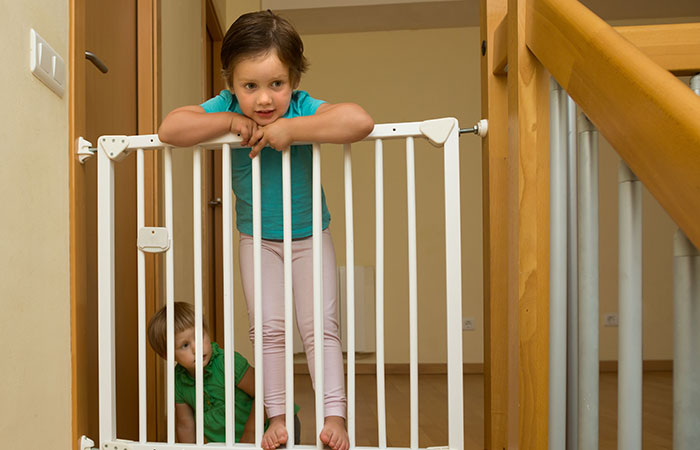 Most people assume that a nanny is only an option if both parents are working and no other childcare options are available. The simple fact is that anyone can employ a nanny and stay-at-home moms should give it serious considerations. Providing you use a reputable supplier, such as this provider of nanny services Sydney, you’ll find there are 5 worthwhile benefits in having a nanny.
Most people assume that a nanny is only an option if both parents are working and no other childcare options are available. The simple fact is that anyone can employ a nanny and stay-at-home moms should give it serious considerations. Providing you use a reputable supplier, such as this provider of nanny services Sydney, you’ll find there are 5 worthwhile benefits in having a nanny.
The benefits more than outweigh the cost of having a nanny:
- Quality Time
There are plenty of moms that insist they do everything for their child. It’s simply part of being a mom. But, the truth is that most children won’t remember all the details you’ve done for them.
When a nanny handles all the more mundane issues, you can focus on spending quality time with your child. That creates a bond that they will remember, and will last forever.
- Own Time
Just as you can spend the time you have focusing on your children, you can also dedicate some tie to yourself. A nanny can handle the children, allowing you time to yourself, even if it’s just a small amount of time every day.
This can help to prevent mom burnout. It can also help you to focus on your own goals and remember that you are still a person in your own right.
Having a little time to yourself every day can help you to be the patient and caring mom you want to be.
- Emergencies
Emergencies sound grand but most moms find times when they need extra cover or an extra pair of hands. It could be to work late, deal with something for your own parents, or any number of other issues.
Having a nanny means the cover is already in place. There is no risk of your child being in unsafe hands or them being unsettled by strangers. You can trust your nanny to look after your child, allowing you to deal with the emergency as quickly and effectively as possible.
- Partner Bonding
Relationships come under immense strain when children enter the equation. The dynamic changes and both partners can question their role. The strain can cause issues in a partnership. If left, these can fester and cause serious issues, even when the basic reason was simply to resolve.
To help prevent this a nanny will ensure you and your partner can spend quality time together regularly. It’s surprising how much difference this can make.
- Education
Children learn very quickly, generally by absorbing what is going on around them. Having a nanny will help to ensure they learn everything they need to. Because the workload is split between you and the nanny, the time spent with your child can be used to full effect.
This can create bonding opportunities as previously mentioned. It can also ensure that your child starts learning early. Research shows this will help them to succeed in later life.
In short, having a nanny as a stay-at-home mom will help your child to achieve their goals in life. That’s an impressive achievement for any parent.
 Image Source: Unsplash.com
Image Source: Unsplash.com
 Image source: Burst.Shopify.com
Image source: Burst.Shopify.com
 Child custody is by far one of the most difficult issues to resolve in a divorce case. Both parents usually want custody of the kids, and it can be a huge battle to see who wins. It’s important to always keep the child’s best interests in mind when trying to resolve child custody disputes.
Child custody is by far one of the most difficult issues to resolve in a divorce case. Both parents usually want custody of the kids, and it can be a huge battle to see who wins. It’s important to always keep the child’s best interests in mind when trying to resolve child custody disputes. 
